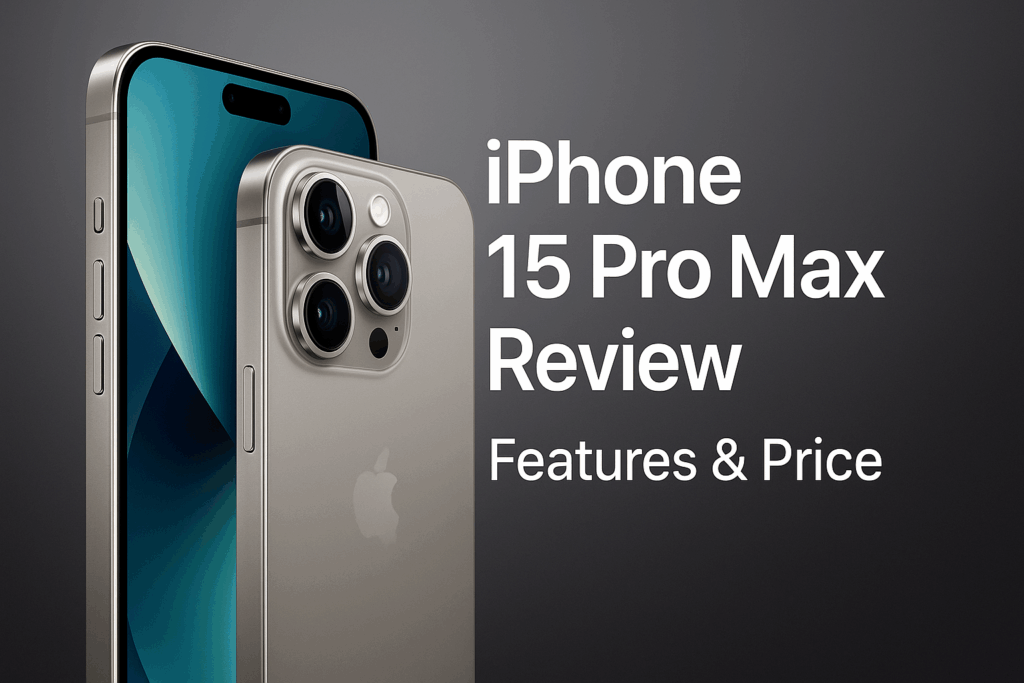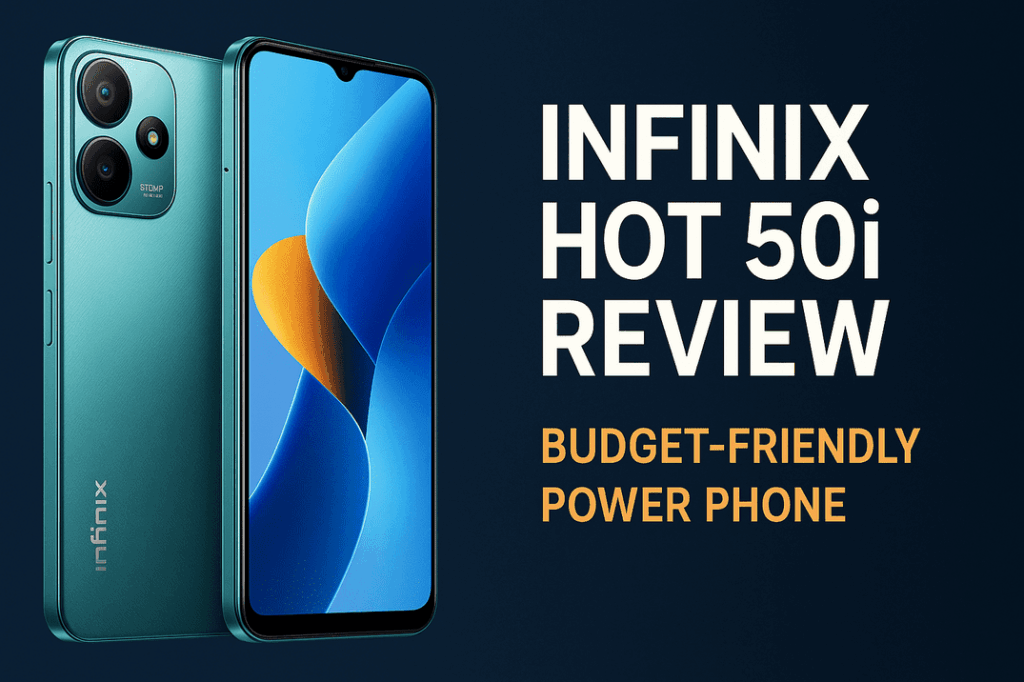For the last five years, my identity has been closely tied to a small, polished rectangle of glass and aluminum. It started with an iPhone X, then an 11, and for the past two years, a deep purple iPhone 14 Pro. To me, it wasn’t just a phone. It was a statement. It was the satisfying click of the MagSafe wallet, the effortless glide of the UI, the silent nod of approval from cashiers and colleagues. In a city like Lagos, an iPhone isn’t just a device; it’s a key card. It signals that you’ve arrived, that you belong to a certain class. I loved what it represented. But for the past few months, that love has been slowly curdling into a quiet resentment. A feeling of being trapped.
The turning point wasn’t a single dramatic event. It was a slow burn, a series of small paper cuts. It was the ₦15,000 I paid for a “genuine” Apple charging cable after my last one frayed. It was the mild panic I felt every time I placed it on a restaurant table. It was watching a friend take a stunning night shot with his new Redmi Note 15 Pro, then casually mentioning that his phone cost less than what Apple quoted me for a back glass repair. That was when it crystallized. I was paying a massive premium for a feeling, and that feeling was being replaced by anxiety. So I’ve made a decision. I’m selling my iPhone 14 Pro, and I’m moving to that exact, cheaper Android. This is my honest confession about why I’m leaving Apple’s walled garden for the wild, open plains of Android.
Reason 1: The Law of Diminishing Returns is Hitting Hard
I remember the jump from my old Android to the iPhone X. It felt revolutionary. The fluid gestures, the quality of the apps, the sheer polish of the experience—it was a monumental leap. Every Naira felt justified. But lately, that feeling has vanished. The annual iPhone launch event, once a day of excitement, has become a predictable showcase of incrementalism. We get a slightly faster chip we can’t max out, a camera feature that’s impressive but not life-changing, and a new software trick that feels like it should have been there three years ago.
The “Dynamic Island” on my 14 Pro is a perfect example. It’s a clever software solution to a hardware cutout, but does it fundamentally change how I use my phone? Absolutely not. Is it worth hundreds of thousands of Naira more than a simple, unobtrusive hole-punch camera? I can no longer convince myself it is. Meanwhile, the Android mid-range has been on a tear. Phones in the ₦300k – ₦400k bracket now come standard with features that were exclusive to flagships just a couple of years ago. We’re talking about stunning 120Hz AMOLED displays, incredibly fast 67W or 120W charging, and versatile 108MP cameras.
The value proposition has completely flipped. The gap in user experience between a top-tier iPhone and a great mid-range Android has shrunk from a vast canyon to a narrow gap. Yet, the price gap remains an ocean. The iPhone no longer feels like it’s in a different league; it just feels like it’s in a different, far more expensive currency.
Reason 2: The ‘Ecosystem’ Became a Golden Cage
Apple’s greatest strength has always been its ecosystem. iMessage, AirDrop, FaceTime, the seamless handoff between my (now sold) MacBook and my iPhone—it’s a beautifully designed, frictionless experience. It works so well that you don’t want to leave. But over time, I realised it works so well precisely to make sure you can’t leave. The beautiful garden has walls, and they are very, very high.
The frustration began to mount in small, everyday scenarios specific to life in Nigeria. My work computer is a Windows PC, as are most in my office. Trying to get a simple video file from my iPhone to my desktop is an exercise in frustration. It involves iTunes, cloud uploads, or third-party apps that barely work. A friend with an Android just plugs in a standard USB-C cable and drags-and-drops the file in seconds. At a social gathering, someone needs a photo I took. They have an Android. AirDrop, Apple’s magical sharing feature, is useless. We resort to the compressed, pixelated mess that is a WhatsApp transfer.
These proprietary standards, from the Lightning port to the file transfer protocols, are designed to keep you locked in. And then there’s the infamous “blue bubble vs. green bubble” debate. While it’s a source of memes, it’s a real form of social pressure. But in Nigeria, where WhatsApp is the undisputed king of communication, paying a ₦700,000 premium just to have my texts show up as blue feels like the height of absurdity. The ecosystem stopped feeling like a convenience and started feeling like a cage, gilded and beautiful, but a cage nonetheless.
Reason 3: The Financial Reality of Living in Lagos
Let’s be blunt. This is the biggest reason. Living in Lagos is expensive, and financial prudence isn’t a virtue; it’s a survival skill. The day I bought my iPhone 14 Pro, I did the math. The amount of money I spent on that phone could have paid my rent for nearly half a year. It could have been a significant investment in a side business. It was, financially speaking, an objectively poor decision driven by brand perception and a desire for a certain status.
This financial burden doesn’t end after the purchase. It creates a constant, low-grade anxiety. The fear of dropping the phone is terrifying. An official screen replacement costs more than many people’s monthly salaries. A cracked back glass? You might as well start saving for a new device. I found myself being overly cautious, hesitating to hand my phone to someone for a picture, and always making sure it was deep within a zipped pocket in crowded places like Computer Village or Balogun Market.
Switching to a cheaper Android, like the Redmi Note 15 Pro which costs around ₦350,000, is about more than just saving money. It’s about buying peace of mind. If the screen cracks, a replacement is affordable and widely available. If, God forbid, it gets snatched—a real and constant risk in this city—the financial loss is painful but not catastrophic. I can replace it without having to liquidate my savings. This peace of mind, the freedom from the anxiety of carrying a small fortune in my pocket, has become a feature that Apple simply cannot offer me at their current prices.
Reason 4: Practical Features That Actually Matter Here
Beyond the philosophical and financial reasons, there are a host of practical, tangible features where mid-range Androids are simply better suited for the realities of life in Nigeria.
True Dual SIM: My iPhone has a single physical SIM and an eSIM. While functional, the flexibility of having two physical SIM slots in most Androids is unmatched. I can have my main MTN line for reliable calls and my Glo or 9mobile SIM for their incredibly cheap data plans, swapping them at will without having to deal with the complexities of eSIM transfers.
Battery Life and Insane Charging Speeds: The iPhone 14 Pro has decent battery life, but it can’t compete with the raw capacity of many Androids that pack 5000mAh batteries as standard. More importantly, it’s the charging speed. In a city where NEPA can decide to take a break at any moment, the ability to charge your phone rapidly is a superpower. The iPhone’s 20W charging feels archaic next to the 67W charging on the Redmi. The idea of going from 10% to over 80% in the 30 minutes that the generator is on is a game-changer.
Freedom and Flexibility: Android allows for a level of customization that iOS can only dream of. I can change my entire user interface with a new launcher. I can use two instances of WhatsApp on the same phone (a huge feature for small business owners). And crucially, I have an actual file manager. I can download a document from an email, save it to a specific folder, attach it to a WhatsApp chat, or transfer it to a USB stick via an OTG cable—all simple tasks that are needlessly complex on an iPhone.
Expandable Storage: The ability to pop in a 512GB microSD card for less than ₦30,000 instead of paying Apple a ₦150,000 premium to jump from one storage tier to the next feels like I’ve been let in on a secret Apple didn’t want me to know.
Addressing the Counterarguments: What I’ll Miss
This isn’t a blind leap. I’m fully aware of what I’m giving up, and it would be dishonest not to acknowledge the iPhone’s strengths. The camera, particularly for video, is still the undisputed champion. The consistency of colour and the buttery-smooth stabilization of iPhone video is something I will genuinely miss. The raw power of the A-series chips, while overkill for most, ensures the phone will remain fast for years. And there’s no denying the impeccable build quality and the higher resale value of Apple products.
But I’ve come to realise that these advantages no longer outweigh the negatives for my specific situation. WhatsApp video calls are how I connect with family, not cinematic 4K ProRes videos. The polish of iOS is beautiful, but the freedom of Android is practical. And the high resale value only matters if you’re planning to stay on the expensive upgrade treadmill, something I am determined to step off.
Conclusion: Trading Status for Sanity
Selling my iPhone feels like closing a chapter. It’s an admission that the person I was, or the person I thought I wanted to be, has changed. My priorities have shifted from brand perception to financial sanity, from a locked-down ecosystem to practical freedom, from a luxury status symbol to a reliable, worry-free tool.
This isn’t an indictment of anyone who loves their iPhone. They are magnificent pieces of technology. But for me, right here, right now, in the beautiful chaos of Lagos, it’s no longer the smart choice. The “premium” experience I’m seeking now isn’t about the logo on the back of my phone. It’s the premium feeling of financial security, the luxury of not worrying about a cracked screen, and the ultimate status symbol of making a smart decision that works for my life. I’m excited for my new Android. But I’m even more excited about the peace of mind and the very tangible amount of money that will be back in my bank account. And in 2025, that’s the smartest feature of all.


